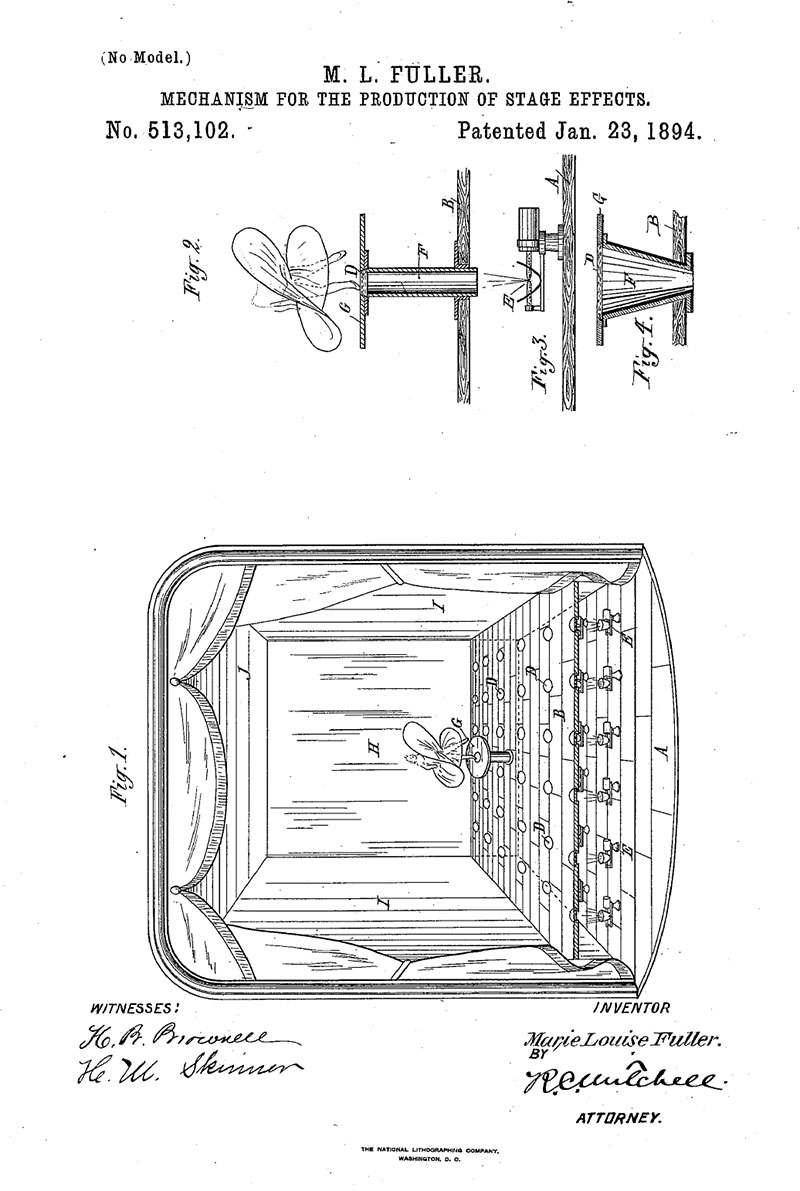
As part of the Didaktika project, the Museum designs educational spaces and organizes activities that complement the exhibitions in an effort to provide tools and resources, both in the galleries and online, to facilitate the appreciation and understanding of the works on display.

How can the energy of an intangible element like electricity be expressed?
In the late 19th century, Loïe Fulle created new ways of understanding space: in her famous Serpentine Dance, light and color where projected onto her moving body. In addition to having been a forerunner of modern dance, Fuller also designed original sets and her own costumes. She was interested in technological discoveries and advances like the radio and radioactivity, and was advised by scientists like the Curies.
Atsuko Tanaka came up with the idea of working with wires and tubular lamps programmed to light up randomly in Electric Dress 1956. Wearing this heavy, dangerous garment, which squeezed her body and dictated slow, limited movements, Tanaka presented the work as a light painting in constant transformation, reflecting the ambivalent nature of technology, the symbol of both progress and destruction.
